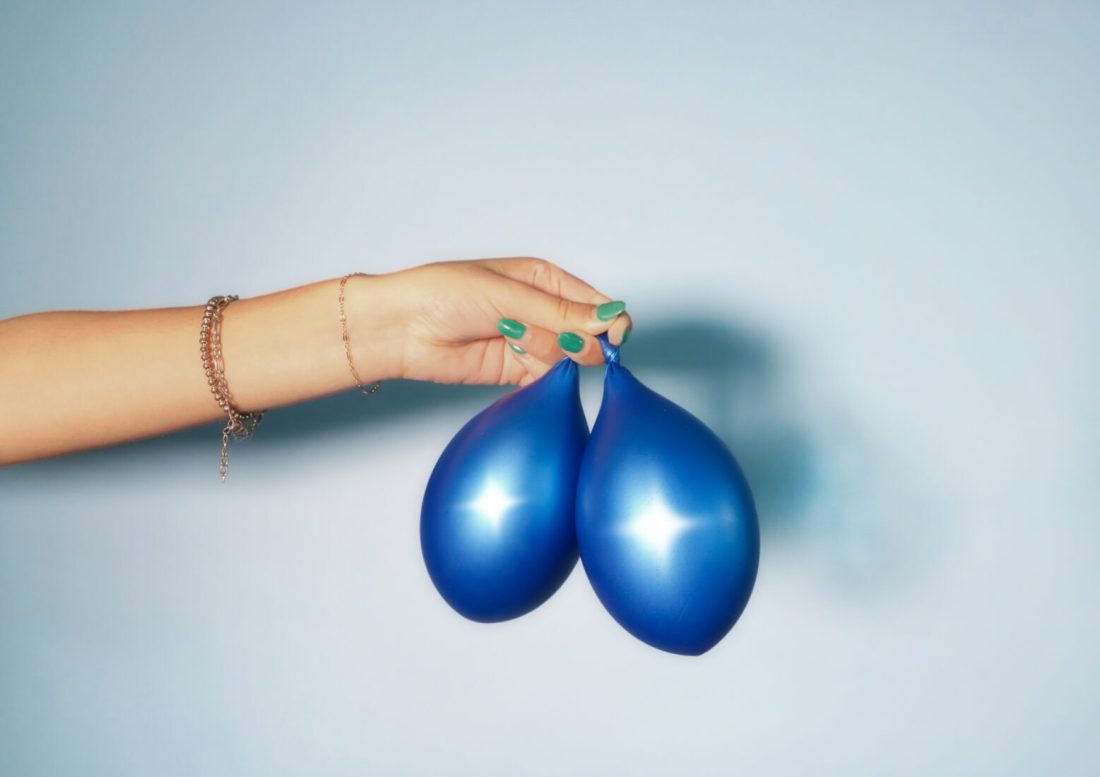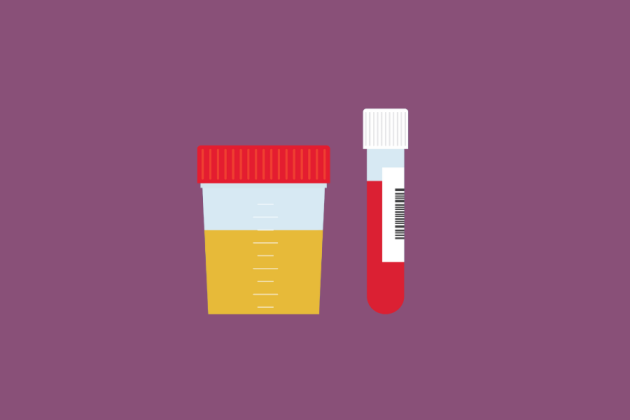Women and the Phenomenon of “Blue Balls”: The Overlooked Reality
When discussing sexual health, the term "blue balls" often surfaces, conjuring images of male discomfort due to unresolved sexual arousal. Yet, a lesser-known reality is that women can experience a parallel phenomenon. Often called "blue vulva" or "blue bean," this condition arises from similar physiological mechanisms and deserves equal attention in conversations about sexual well-being.

Understanding the Female Experience
Sexual arousal in both men and women involves a process called vasocongestion—an increased flow of blood to the genital region. This is the body's natural response to stimulation, preparing the body for sexual activity. In men, unresolved arousal often culminates in what is medically referred to as epididymal hypertension, or "blue balls," characterized by aching or pressure in the testes.
For women, vasocongestion can result in comparable sensations, including throbbing, heaviness, or discomfort in the vulva or clitoral region if arousal isn't resolved. While the terminology might differ, the underlying experience stems from the same biological principle: prolonged blood engorgement without release.
The Science Behind the Sensation
In women, vasocongestion leads to heightened sensitivity and swelling in the genital area. When arousal does not culminate in orgasm, the excess blood remains pooled in the pelvic region, causing discomfort. This sensation, though less publicly discussed than its male counterpart, is no less significant.
Symptoms often include:
A dull ache or throbbing in the vulva or clitoris.
A feeling of fullness or heaviness in the pelvic area.
Heightened sensitivity, making everyday activities like sitting or exercising uncomfortable.
These physical symptoms may also be accompanied by psychological effects such as frustration, irritability, or restlessness, further compounding the experience.
Breaking the Myths
The societal discourse around “blue balls” has traditionally focused on male experiences, often portraying it as a uniquely male issue. However, this narrow view overlooks the similar experiences faced by women. The term “blue vulva” might not carry the same cultural weight, but it represents a physiological reality that warrants recognition.
This lack of awareness can lead to misconceptions about female sexual health, perpetuating the myth that unresolved arousal affects only men. By normalizing discussions about conditions like "blue vulva," we can foster a more inclusive understanding of human sexuality.
Addressing the Discomfort
For those experiencing discomfort from unresolved arousal, there are practical steps to find relief. Physical activity, such as walking or light exercise, can help disperse pooled blood and alleviate pressure. Warm baths may also relax the pelvic muscles and promote circulation.
In some cases, the most direct way to resolve vasocongestion is through sexual release, whether through partnered activity or masturbation. However, not everyone may feel comfortable pursuing this option, and that’s okay. Relaxation techniques, such as deep breathing or meditation, can also help refocus the mind and ease tension.
If symptoms persist or frequently recur, consulting a healthcare professional is advisable. Persistent pelvic discomfort could indicate an underlying issue that requires medical attention.
Long-term Prevention
Preventing pelvic congestion begins with a healthy lifestyle and self-awareness. Regular exercise, proper hydration, and stress management can all contribute to vascular health. Engaging in regular sexual activity or masturbation can also help maintain a healthy cycle of arousal and release, reducing the likelihood of discomfort.
Additionally, fostering open communication with sexual partners about needs and boundaries can ensure a mutually satisfying experience, minimizing the chances of unresolved arousal.
Toward a More Inclusive Understanding
The experiences of “blue balls” and “blue vulva” highlight the shared physiological responses to sexual arousal in men and women. By expanding the conversation to include women’s experiences, we can promote a more holistic approach to sexual health, one that acknowledges and validates the realities of all genders.
Ultimately, recognizing the parallels between male and female sexual health fosters greater empathy and understanding, paving the way for a more inclusive dialogue about human sexuality.
The term "blue balls" is a colloquial way of describing the discomfort men might feel due to prolonged sexual arousal without ejaculation. This discomfort occurs because of increased blood flow to the genitals during arousal, which may not be immediately relieved if ejaculation doesn't happen.
Can Women and Girls Experience Something Similar?
Women and girls do not experience "blue balls" in the same way as men because their anatomy and physiological responses are different. However, they can experience a comparable sensation sometimes referred to as "blue vulva" or "pelvic congestion syndrome."
What Happens in Women?
During sexual arousal, blood flow to the vulva, clitoris, and pelvic area increases, causing swelling and heightened sensitivity. If this state of arousal isn't relieved through orgasm or a return to a non-aroused state, some women may experience:
A feeling of heaviness or discomfort in the pelvic area.
Mild aching or throbbing sensations.
Temporary sensitivity or frustration.
Is It Harmful?
For both men and women, this condition is generally harmless and temporary. The discomfort typically subsides on its own as the body redirects blood flow and returns to its normal state.
How to Alleviate the Discomfort
Time: The body will naturally resolve the issue over time.
Relaxation: Deep breathing or physical activity can help redirect blood flow.
Orgasm: If desired and appropriate, achieving orgasm can quickly relieve the tension.
While the experience of "blue balls" or "blue vulva" might be uncomfortable, it is not a cause for medical concern unless accompanied by other symptoms or prolonged pain. If you or someone else is experiencing persistent discomfort, consulting a healthcare professional is advisable.

